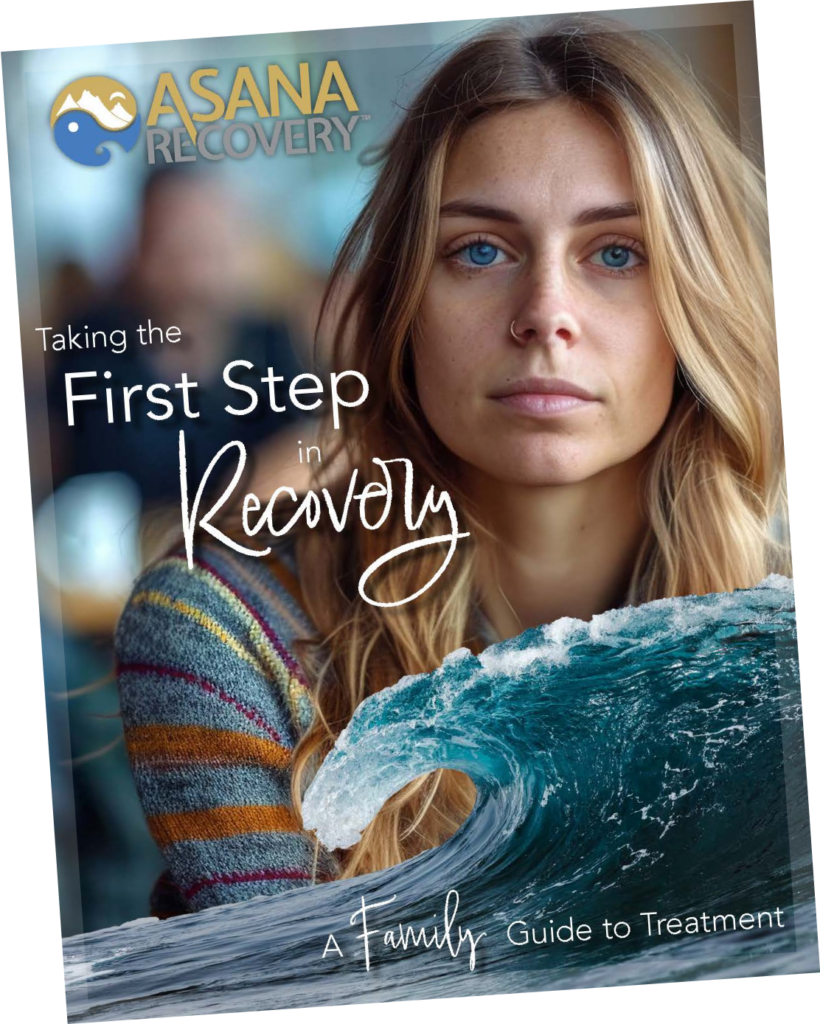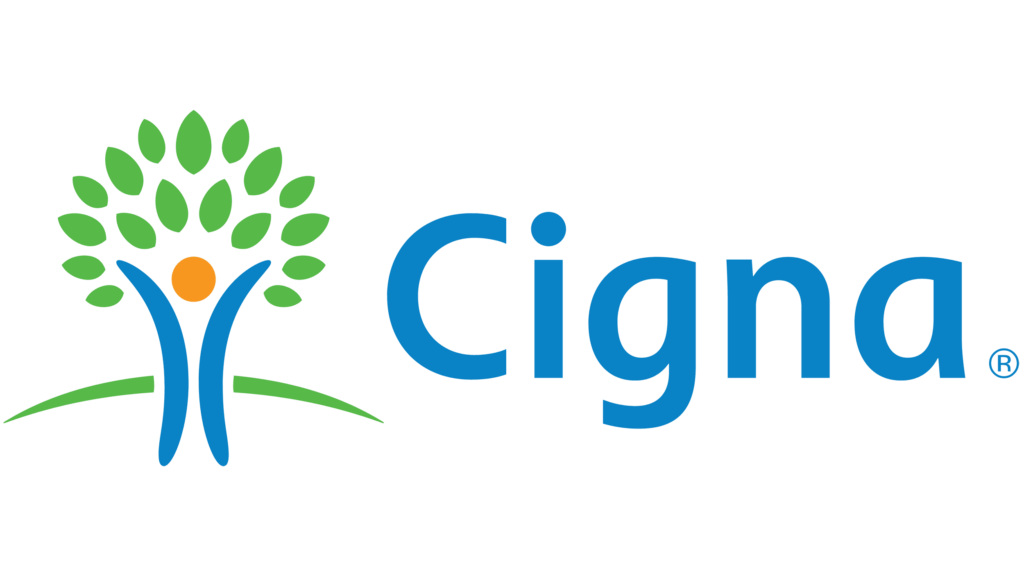The relationship between trazodone and bipolar disorder requires careful consideration, as this medication can play both beneficial and potentially risky roles in treatment. Let’s explore the complex interplay between this medication and bipolar disorder management.
Trazodone is a serotonin antagonist and reuptake inhibitor (SARI) that works through multiple mechanisms. At higher doses (150-600mg), it functions as an antidepressant by inhibiting serotonin transporters and antagonizing specific serotonin receptors. At lower doses (25-150mg), it primarily acts as a sleep aid through its effects on histamine and serotonin systems.
When prescribing trazodone for bipolar disorder, healthcare providers must carefully evaluate multiple safety factors. The medication’s potential to trigger manic or hypomanic episodes represents a significant concern that requires thorough assessment and ongoing monitoring.
The risk of mood switching varies considerably depending on the dosage prescribed – higher antidepressant doses typically carry a substantially greater risk of triggering manic episodes compared to lower doses used primarily for sleep management. However, this risk can be mitigated through the concurrent use of mood stabilizers, which act as a protective barrier against potential mood elevation. The implementation of these protective measures, combined with careful patient monitoring, creates a framework for safer trazodone use in bipolar patients
The use of trazodone in bipolar disorder presents some important risks that clinicians must carefully weigh:
Current research and clinical experience provide valuable insights into trazodone’s role in bipolar disorder treatment. When prescribed at lower doses primarily for sleep management, trazodone demonstrates a relatively favorable safety profile, particularly when administered alongside mood stabilizers.
This approach has shown promising results in helping patients manage sleep disturbances without significantly increasing the risk of mood destabilization. However, the use of trazodone at higher antidepressant doses requires more careful consideration. Clinical evidence suggests that these higher doses carry an increased risk of adverse effects and mood switches, necessitating a more cautious approach to treatment. Healthcare providers must carefully weigh these factors against the potential benefits when determining the appropriate treatment strategy for each individual patient.
Research suggests that trazodone’s safety profile in bipolar disorder depends significantly on how it’s used:
When prescribed at lower doses primarily for sleep, trazodone appears relatively safe for bipolar patients, especially when combined with mood stabilizers.
Higher doses used for antidepressant effects carry more risk and should be approached with caution in bipolar disorder.
The successful implementation of trazodone in bipolar disorder treatment requires a comprehensive risk management strategy. This approach begins with the fundamental requirement of combining trazodone with appropriate mood stabilizers to provide a protective foundation against potential mood elevation. Initial treatment should start with low doses when targeting sleep disturbances, allowing for careful observation of the patient’s response.
Regular monitoring becomes crucial during this period, with healthcare providers paying particular attention to any signs of mood elevation or other adverse effects. For patients identified as having higher risk factors, such as a history of rapid cycling or frequent manic episodes, alternative treatment options may need to be considered. This careful approach to risk management helps ensure the safe and effective use of trazodone in bipolar patients while minimizing potential complications.
To optimize safety when using trazodone in bipolar disorder:
Beyond mood-related concerns, patients should be aware of general trazodone side effects:
Physical Effects
Serious Side Effects Requiring Immediate Attention
Asana Recovery works with most PPO plans, covering up to 100%. See if your insurance can help fund your journey. Click below to get a free quote.

Several factors warrant extra attention when prescribing trazodone to bipolar patients:
Medical History
Dosing Considerations
For depression treatment:
The safe use of trazodone in bipolar disorder requires careful consideration and implementation of specific safety measures. When prescribed appropriately, particularly at lower doses for sleep management, trazodone can be a valuable tool in the treatment arsenal for bipolar disorder.
The key to safe usage lies in the combination with mood stabilizers, which provide essential protection against potential mood switches. Healthcare providers typically start with low doses and gradually adjust based on individual patient response. Regular monitoring plays a crucial role in ensuring safety, with particular attention paid to any signs of mood elevation or other adverse effects. The medication’s effectiveness and safety profile can vary significantly between individuals, making personalized treatment approaches essential. Success often depends on maintaining open communication between patients and healthcare providers, allowing for prompt adjustments to treatment plans when necessary.
Recognizing the early warning signs of a manic switch is crucial for maintaining safety during trazodone treatment in bipolar disorder. Patients and caregivers should be particularly vigilant for sudden changes in energy levels, which often manifest as an unusual increase in activity or a decreased need for sleep. The onset of racing thoughts can be particularly concerning, often accompanied by rapid speech patterns and jumping between different topics.
Behavioral changes may include engaging in reckless activities, making impulsive decisions, or displaying unusually poor judgment. Emotional changes typically involve either excessive happiness or increased irritability, often seeming out of proportion to circumstances. Some individuals may develop grandiose ideas or unrealistic beliefs about their abilities. These symptoms often progress rapidly, making early recognition and intervention crucial for preventing full-blown manic episodes.
Key indicators include:
The discontinuation of trazodone requires a carefully planned and executed approach to minimize the risk of withdrawal symptoms and mood destabilization. The process typically involves a gradual reduction in dosage over several weeks or months, with the exact timeline depending on factors such as the current dose, duration of use, and individual patient characteristics.
During this tapering period, patients may experience various withdrawal effects, including sleep disturbances, anxiety, and mood fluctuations. Healthcare providers must closely monitor patients throughout this process, adjusting the tapering schedule as needed based on individual responses. The discontinuation process becomes particularly complex in bipolar patients, as changes in medication can potentially trigger mood episodes. Therefore, maintaining mood stabilizer coverage and having a clear plan for managing potential complications becomes essential.
The landscape of treatment options for bipolar disorder extends well beyond trazodone, encompassing a wide range of medications and therapeutic approaches. Mood stabilizers, such as lithium and valproate, remain the cornerstone of bipolar disorder treatment, providing essential protection against both manic and depressive episodes. For sleep management, alternatives might include other sleep medications like ramelteon or low-dose quetiapine, which may carry lower risks of mood destabilization.
Some patients benefit from non-pharmacological approaches, including cognitive behavioral therapy for insomnia (CBT-I) or careful sleep hygiene practices. The choice of alternative treatments depends heavily on individual factors such as symptom presentation, medical history, and previous treatment responses. Healthcare providers must carefully evaluate these options, considering both their potential benefits and risks, to develop the most appropriate treatment strategy for each patient. This often involves a combination of different approaches, tailored to meet the specific needs and circumstances of the individual.
We get it. Addiction recovery is tough. That’s why our programs are founded and staffed by people in recovery – people who truly understand.
At Asana Recovery, we understand the complexities of managing bipolar disorder and the importance of finding the right treatment plan. If you’re exploring options like trazodone or looking for a comprehensive approach to stabilizing your mood, our team of experienced professionals is here to help.
Take the First Step Today
Reach out to Asana Recovery to learn more about how we integrate evidence-based treatments with personalized care. Together, we can create a tailored plan that prioritizes your well-being, addresses your unique needs, and supports your long-term mental health goals. Don’t wait—contact us now to begin your path to stability and recovery.
Take your first step towards lasting recovery. At Asana, we offer effective, insurance-covered treatment for addiction and mental health, guided by experts who understand because they’ve been there. Start your healing today.

This book has helped so many men and women; and we want to give it you for FREE. Get signed up today and discover how to unlock the grip of addiction and get back to living your best life.
In this book, you’ll discover…
— The Most Common Misconceptions About Addiction and Rehab
— Why Rock Bottom is a Myth and What You Can Do About It
–The Steps to Healing From Trauma, Both Mentally and Emotionally
–And much more!
© Copyright 2024 Asana Recovery™ | All Rights Reserved | Privacy Policy
You could save up to 100% of your treatment using your Insurance.





By submitting this form, you agree to Asana Recovery’s Privacy Policy. You also consent to Asana Recovery contacting you by phone, text message, and email regarding your insurance benefits and treatment services. You acknowledge that text messaging may involve risks, authorize the use of your Protected Health Information (PHI) for these communications, and understand you can opt-out of text messages at any time by replying “STOP”.
Asana Recovery
We firmly believe that the internet should be available and accessible to anyone, and are committed to providing a website that is accessible to the widest possible audience, regardless of circumstance and ability.
To fulfill this, we aim to adhere as strictly as possible to the World Wide Web Consortium’s (W3C) Web Content Accessibility Guidelines 2.1 (WCAG 2.1) at the AA level. These guidelines explain how to make web content accessible to people with a wide array of disabilities. Complying with those guidelines helps us ensure that the website is accessible to all people: blind people, people with motor impairments, visual impairment, cognitive disabilities, and more.
This website utilizes various technologies that are meant to make it as accessible as possible at all times. We utilize an accessibility interface that allows persons with specific disabilities to adjust the website’s UI (user interface) and design it to their personal needs.
Additionally, the website utilizes an AI-based application that runs in the background and optimizes its accessibility level constantly. This application remediates the website’s HTML, adapts Its functionality and behavior for screen-readers used by the blind users, and for keyboard functions used by individuals with motor impairments.
If you’ve found a malfunction or have ideas for improvement, we’ll be happy to hear from you. You can reach out to the website’s operators by using the following email
Our website implements the ARIA attributes (Accessible Rich Internet Applications) technique, alongside various different behavioral changes, to ensure blind users visiting with screen-readers are able to read, comprehend, and enjoy the website’s functions. As soon as a user with a screen-reader enters your site, they immediately receive a prompt to enter the Screen-Reader Profile so they can browse and operate your site effectively. Here’s how our website covers some of the most important screen-reader requirements, alongside console screenshots of code examples:
Screen-reader optimization: we run a background process that learns the website’s components from top to bottom, to ensure ongoing compliance even when updating the website. In this process, we provide screen-readers with meaningful data using the ARIA set of attributes. For example, we provide accurate form labels; descriptions for actionable icons (social media icons, search icons, cart icons, etc.); validation guidance for form inputs; element roles such as buttons, menus, modal dialogues (popups), and others. Additionally, the background process scans all the website’s images and provides an accurate and meaningful image-object-recognition-based description as an ALT (alternate text) tag for images that are not described. It will also extract texts that are embedded within the image, using an OCR (optical character recognition) technology. To turn on screen-reader adjustments at any time, users need only to press the Alt+1 keyboard combination. Screen-reader users also get automatic announcements to turn the Screen-reader mode on as soon as they enter the website.
These adjustments are compatible with all popular screen readers, including JAWS and NVDA.
Keyboard navigation optimization: The background process also adjusts the website’s HTML, and adds various behaviors using JavaScript code to make the website operable by the keyboard. This includes the ability to navigate the website using the Tab and Shift+Tab keys, operate dropdowns with the arrow keys, close them with Esc, trigger buttons and links using the Enter key, navigate between radio and checkbox elements using the arrow keys, and fill them in with the Spacebar or Enter key.Additionally, keyboard users will find quick-navigation and content-skip menus, available at any time by clicking Alt+1, or as the first elements of the site while navigating with the keyboard. The background process also handles triggered popups by moving the keyboard focus towards them as soon as they appear, and not allow the focus drift outside it.
Users can also use shortcuts such as “M” (menus), “H” (headings), “F” (forms), “B” (buttons), and “G” (graphics) to jump to specific elements.
We aim to support the widest array of browsers and assistive technologies as possible, so our users can choose the best fitting tools for them, with as few limitations as possible. Therefore, we have worked very hard to be able to support all major systems that comprise over 95% of the user market share including Google Chrome, Mozilla Firefox, Apple Safari, Opera and Microsoft Edge, JAWS and NVDA (screen readers).
Despite our very best efforts to allow anybody to adjust the website to their needs. There may still be pages or sections that are not fully accessible, are in the process of becoming accessible, or are lacking an adequate technological solution to make them accessible. Still, we are continually improving our accessibility, adding, updating and improving its options and features, and developing and adopting new technologies. All this is meant to reach the optimal level of accessibility, following technological advancements. For any assistance, please reach out to